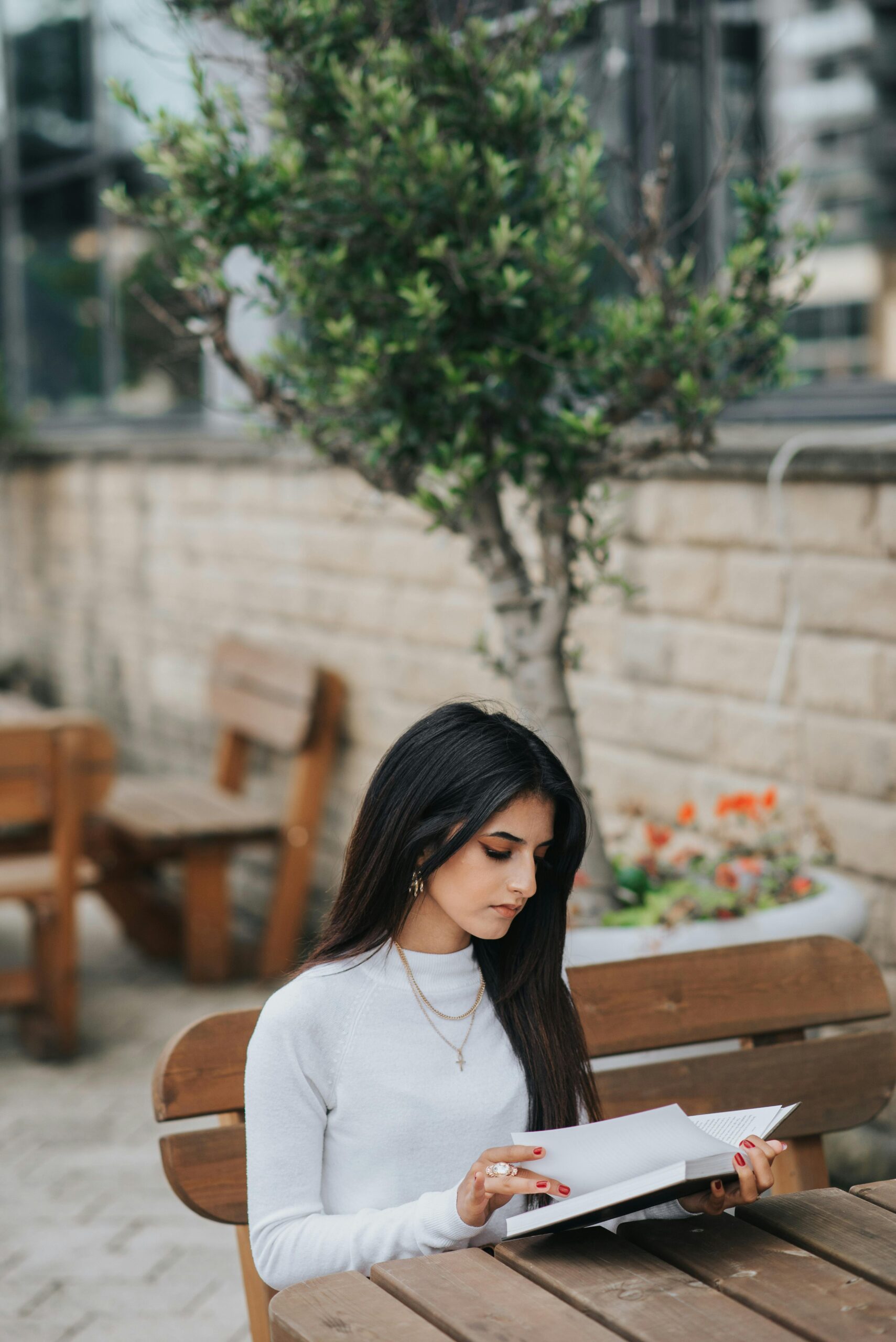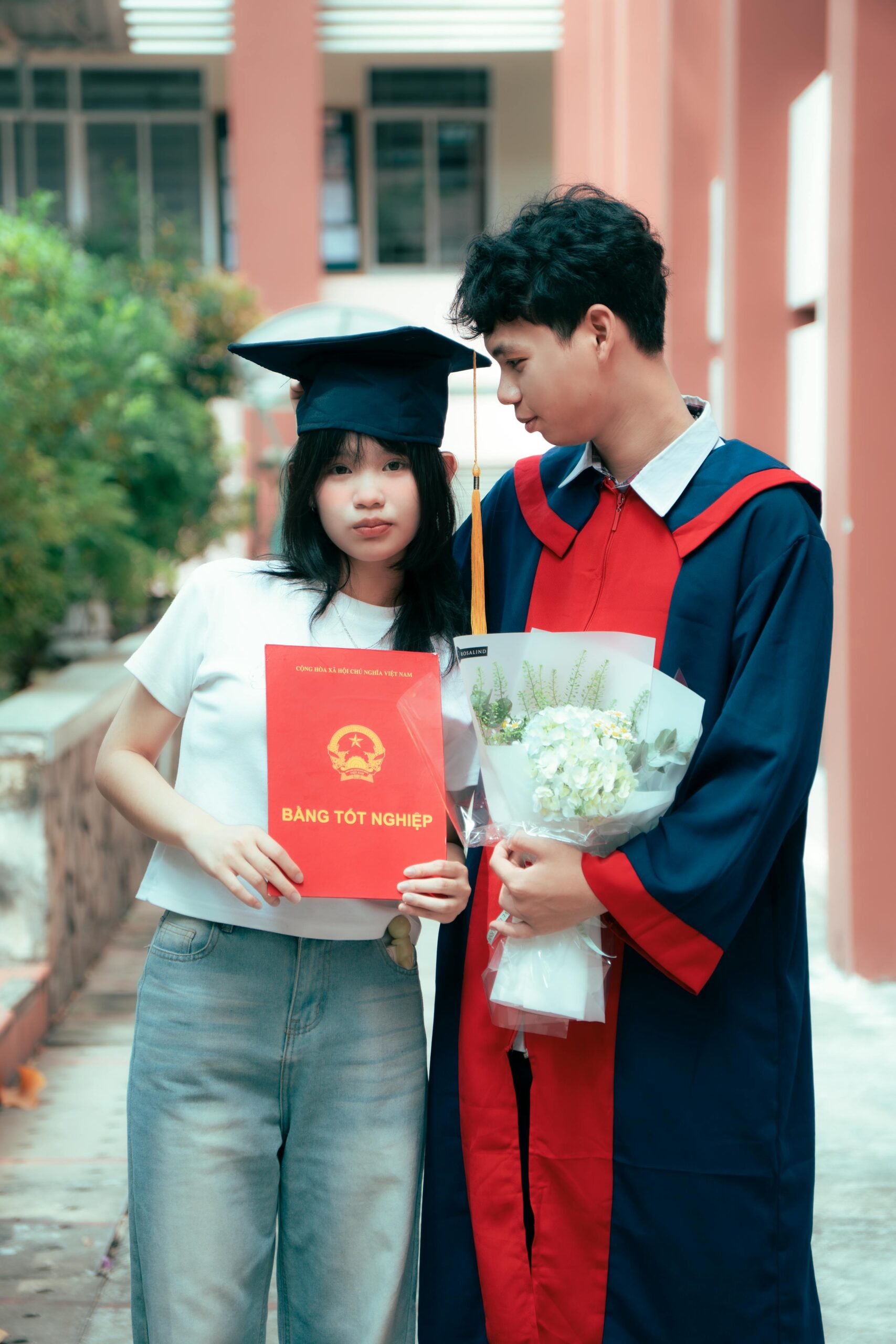Students are exposed to concepts whose content and the skills required for understanding them vary greatly as they progress through school. Students who are learning fractions for the first time, middle school English students, or AP Biology students all have very different educational experiences. These classes may ask for other things from the students, but they will all require that the students develop study skills. While all teachers are aware of the importance of these skills, they are rarely, or never, explicitly taught.
In recent years, I’ve taken this more seriously and have worked hard to show my students how to study better. To properly teach this, I believe it is helpful to know why certain strategies are effective. You can read an article that I wrote for my students to learn about the basics of neuroscience and learning. There are basically two types of thinking. System 1 is the easier one, which uses long-term memories. System 2 uses working memory but requires more effort. The strategies that focus on System 2 thinking lead to stronger neuronal ensemble formation. This means better learning and recall.
Active Studying refers to practices that require more System 2 thinking. Many people believe that studying is simply reading through notes. This passive method of learning results in minimal knowledge. Active study involves retrieval, analysis, and synthesis of material. Students are reluctant to use or try these methods because they take more time. Research has shown, however, that these techniques lead to greater retention of the material studied. In order to incorporate active learning strategies into your lessons, I think you should also design them around the teaching of these techniques.
5 Active Studying Techniques
1. Teach others:
It is as easy as it seems. Students often have to come up with new ways to explain things when they’re teaching others. They rely on their memory rather than reading. This helps students determine what they know and don’t, and it also strengthens their memories.
2. Purest retrieval technique:
The students will retrieve information from their memories. You can use flashcards or something simpler, but I prefer to have students write and draw as much information about the topic on a whiteboard. Then, they should check their notes and see what was missed or wrong.
In class, I combine both of these by having the students work in small groups. The students take turns teaching a topic using a whiteboard. They use their notes or their classmates to ask clarification questions. These days are called “whiteboard” days. Students have found them very useful as a review for tests, and they use this strategy at home.
3. Study guides
Students are often given study guides by their teachers. Many students fall into the trap of copying definitions from their notes word-for-word, which may help them memorize certain terms or facts but can limit their understanding and ability to apply information.
I teach my students to create study guides where they summarize and synthesize the information in their own words. Once students learn how to do this, they can apply the skills to any subject. Some even make their own study guides despite not being required to.
4. Concept maps
These are visual representations that show the relationships and connections between concepts. Although these visual representations are not always as useful for certain topics or subjects, they can help students think deeply about the material. They also strengthen their memory because they must think harder to make the connections.
You can assign specific vocabulary words to students and have them create maps using the same list. This is a great way to reinforce learning in class or at home. My favourite method to accomplish this goal is to gameify it. Students draw cards with random vocabulary words and compete to make the most connections.
5. Practice questions:
Practice questions have been proven to be a very effective way of studying, particularly in certain classes. Practice questions that are application-based allow students to see how much they really understand the material as opposed to just having memorized facts and definitions. Sometimes, I have my students ask their questions, then trade them and try to answer the other person’s. Students can think about the material more deeply by creating their own questions. Students can learn by creating their queries and answering another student’s question, as well as explaining the correct answer to the other students.
You can incorporate these methods in your course in a number of ways. I have listed a few of them above. Whatever you decide, be sure to emphasize that getting enough sleep is important, and having shorter but more frequent sessions of study will help you retain concepts. You can reinforce good study habits in students by teaching them these techniques and requiring that they use them.






